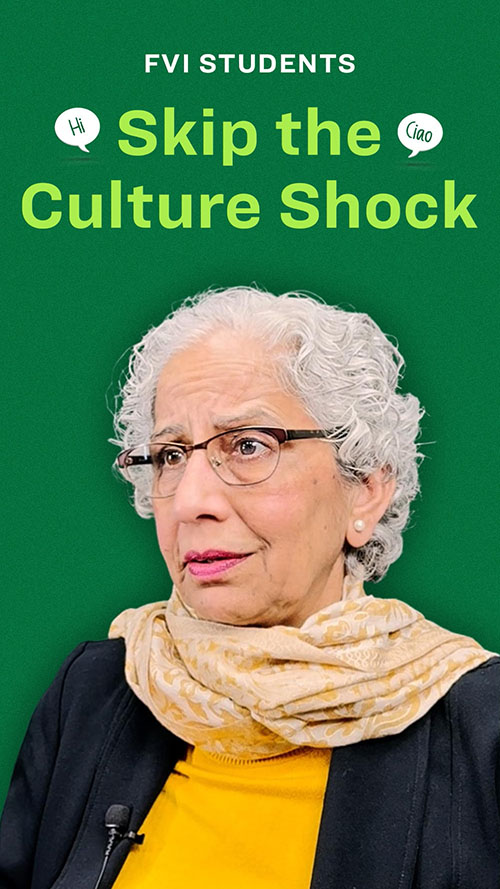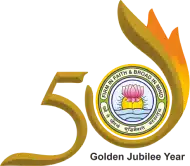
The interconnection via the Internet of computing devices embedded in everyday objects, enabling them to send and receive data’ may sound like just another definition for the ‘Internet of Things’ workshop held this winter semester. But, our students are learning way more than just a definition; they are learning to create a bright future to live in.
Internet of things is when devices or “things” are made to perform specific actions using various chips, software, or sensors over a network. With IoT, the world promises to be smarter with automation from cars on roads to our homes.
The students who attended the workshop got to learn how to work on many chips and enable certain devices to perform desired roles. Programming microprocessors to perform certain tasks, communication over Wi-Fi and actual communications that take place due to various protocols are some of the things the students now find a piece of cake to perform.
To handle electronics, sensor networks and making machines capable of performing specific roles is what their bi-weekly workshop had in store for them. Attending a random day at IOT, one could see the students controlling LED’s connected to a circuit and turning them on and off remotely with their phones was as fascinating as the workshop could get.
After the students were made familiar with the static portion of their syllabus (and a small enticing example by the instructor where Mr. Satish changed colours of an LED strip remotely), they started with the basic chip called Arduino, an open-source electronic prototyping platform enabling users to create interactive electronic objects. They created many mini projects which included weather and humidity sensor working on a chip. Students also worked with light and door sensors. Students were now unleashing the power of home automation in today’s world.
The next in row was another chip called Node MCU, which includes a firmware that runs on Wi-Fi. The class was divided into teams and the same projects, which were earlier run on Arduino, were now made to run on Node MCU. Although better than Arduino, Node MCU also had limited functionality, but students by now were familiar with working on various chips on different projects.
Raspberry Pi, a tiny and affordable computer that one can use to learn to programme through fun and practical projects, was next in line. It’s a high-level implementation, powerful chip. Students were also introduced to RFID Sensors where the projects could be controlled remotely, all based on the Raspberry Pi chips.
The world is continuously becoming a smarter place to live. Not just by knowledge that mankind possesses but with smarter gadgets and technology. We know this for a fact as we see smart city projects being run all across the country.
“By this workshop, we introduce the students to a brand new, futuristic field. With a lot of future scope and less competition, smart cities and home automation are on an upsurge. As the world moves to become a smart place to live, technically trained students need to meet the forthcoming employment demands, and that’s what we intend to do for these students with this training workshop” were the words of Mr. Satish Verma, trainer, Internet of Things workshop.
Tech Gear provided the students with a broad introduction to the world of automation. There is a dire need to innovate more and solve real-world problems. IoT opens up limitless possibilities in the sea of opportunities that are galore in the world of tech.






